What Are Swiss Chards? Benefits, Characteristics and How to Use Them Best in The Kitchen
Swiss chard is a very versatile winter vegetable in the kitchen: it is a vegetable that is an ally of health because it is rich in vitamins, mineral salts and antioxidants, in addition to being purifying and low in calories. Here's how to consume it and when to be careful.
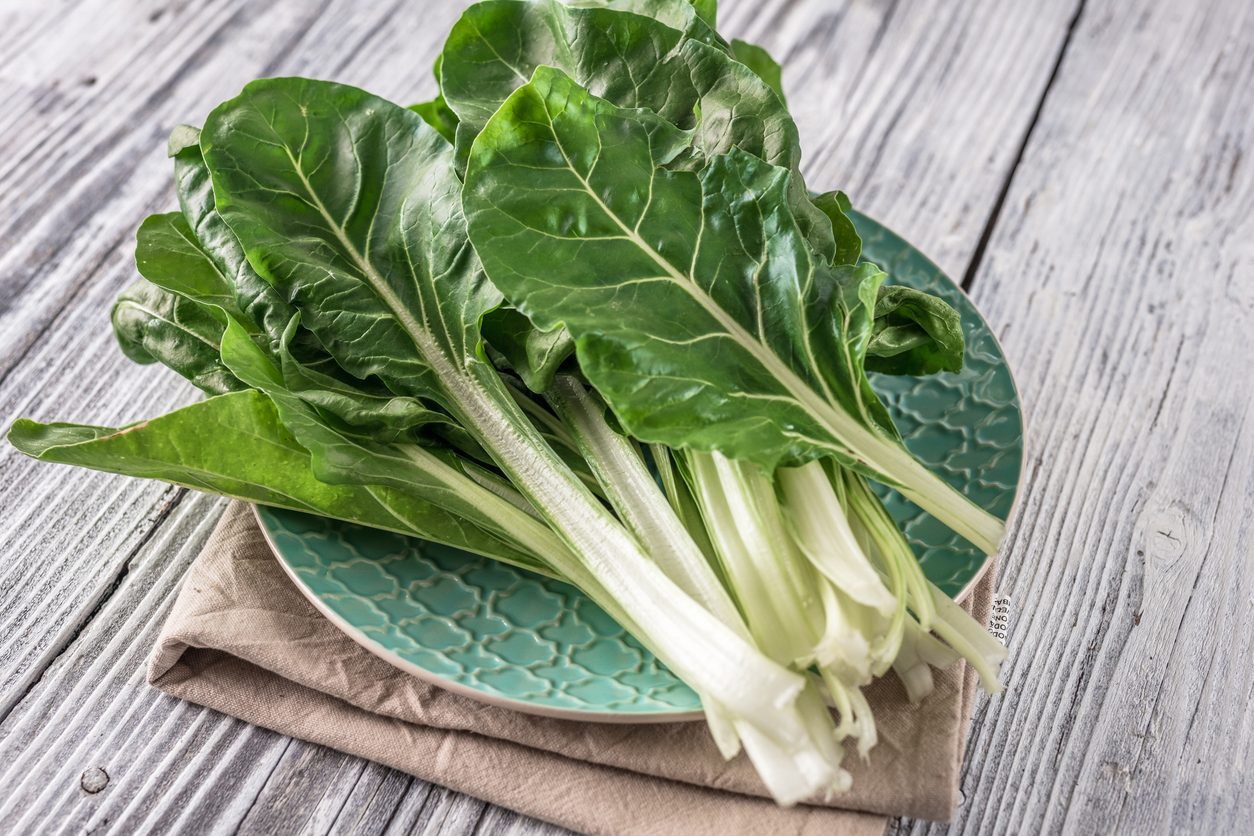;Resize,width=742;)
Swiss chard, also called beets, is a broad-leafed vegetable belonging to the Chenopodiaceae family, the same as spinach and beetroots. Grown in many U.S. states (like California, Texas, Arizona, and Florida) and the protagonist of traditional recipes, from soups to fillings, this vegetable is available all year round, although its season runs from October to March, especially in winter. At the greengrocer's counter you can find two main varieties: chard and cut chard.
The former are easily recognizable by their green, broad, fleshy, crunchy leaves and thick central stems, which take on different shades depending on the type: the most common are white and red, but they are also found in shades of yellow, pink and orange. The latter, on the other hand, are also called chard or tender chard greens, and are distinguished by their tender, thin leaves, without ribs: they are more delicate than the former and resemble baby spinach in appearance and use.
These are foods that are highly appreciated for their versatility, ease of availability and health properties: they are mainly composed of water, are rich in vitamins, mineral salts and antioxidants that contribute to general well-being, from that of the immune system to bones, through the elimination of toxic substances with purifying effects. Let's look in detail at the benefits of chard, any contraindications and how to enhance them in the kitchen.
Properties and Benefits of Swiss Chard
Swiss chard is a precious source of essential nutrients: its composition is particularly interesting for those who want to maintain a healthy and light diet, taking advantage of a concentration of beneficial substances for the body. The major advantages are represented by high digestibility, low caloric intake (in 100 grams of boiled chard there are 74 kcal), a good presence of vitamins A, BC, E, potassium, soluble fiber and folates. At the same time, it is useful to know that for certain categories of people this vegetable could cause disorders. Here are the pros and cons.
- Rich in vitamins: Swiss chard contains high amounts of vitamin A (retinol), essential for healthy eyesight, and vitamin C, which supports the immune system and promotes collagen production. They also contain B vitamins (thiamine, riboflavin, niacin), important for energy metabolism. In addition, folates (B9) are essential for DNA synthesis, for the formation of hemoglobin and cellular tissues, including those of the fetus.
- Source of antioxidants: flavonoids and carotenoids help fight oxidative stress and prevent cellular aging.
- High fiber content: fiber promotes intestinal regularity, improves digestion and contributes to the feeling of satiety.
- Diuretic and purifying effect: thanks to the high water and potassium content, chard stimulates diuresis and helps eliminate toxins.
- Heart Benefits: The potassium and magnesium content helps regulate blood pressure and supports cardiovascular health.
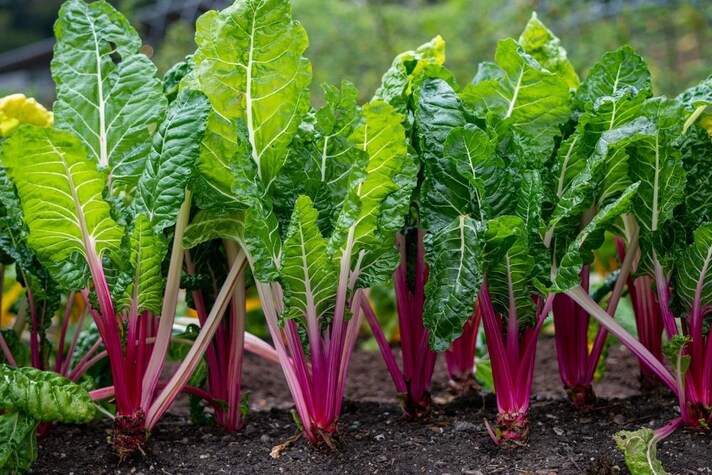
Contraindications
One of the main contraindications of chard concerns oxalates, compounds that can promote the formation of kidney stones in predisposed people: oxalic acid, in fact, if ingested in large quantities, can compromise the absorption of calcium in the intestine. It is recommended to consume this vegetable in moderation – but also spinach, beetroot, cabbage, parsley – for those who suffer from kidney problems or have a history of kidney stones: boiled or steamed, chard reduces its content. Also to be taken into consideration is the potential abundant presence of nitrates in chard, especially when they are grown in soil rich in nitrogen fertilizers. Although nitrates are generally harmless, their main use among vegetables for weaning children is not recommended: especially in the past they could lead to the development of a now rare disease, methemoglobinemia, which determines a lower oxygen supply to the body. This does not mean that chard should be eliminated, but administered as part of a varied and balanced diet. Finally, those who suffer from irritable bowel syndrome may find the vegetable difficult to tolerate due to the fiber.

How to Use Chard in The Kitchen
Once purchased, Swiss chard can be used in a variety of recipes. Its flavor varies depending on the type—red-stemmed chard tends to have a more pronounced bitterness, while white-stemmed varieties are milder. Before cooking, it’s important to clean the leaves and stems thoroughly, removing any dirt from the roots and trimming the tough ends. The leaves and stems require different cooking times: leaves cook quickly, in about 5–10 minutes, while the firmer stems take 15–20 minutes. Depending on the dish, the stems can be cut into larger or smaller pieces. If using baby Swiss chard (or very tender varieties), simply wash them well to remove any impurities—these can be enjoyed raw or cooked, in salads, omelets, or as a filling for stuffed pasta and savory pies. Swiss chard is often used as a substitute for harder-to-find wild greens and pairs especially well with mild fresh cheeses like ricotta and warm spices like nutmeg.
Thanks to its firmer texture, Swiss chard is typically eaten cooked. It’s delicious as a flavorful side dish, sautéed in a pan with olive oil, garlic, red pepper flakes, and a hint of anchovy for depth. For a lighter option, it can be steamed or boiled, then simply dressed with extra virgin olive oil, salt, and lemon juice. Swiss chard also holds up well to slow, gentle cooking methods, making it a great addition to comforting dishes like Tuscan white bean stew, hearty vegetable soups, or braised chicken with greens and tomatoes. It also works beautifully in Southern-style greens, slow-cooked with onions, smoked meat, and vinegar—a staple on many American dinner tables, especially in the cooler months.
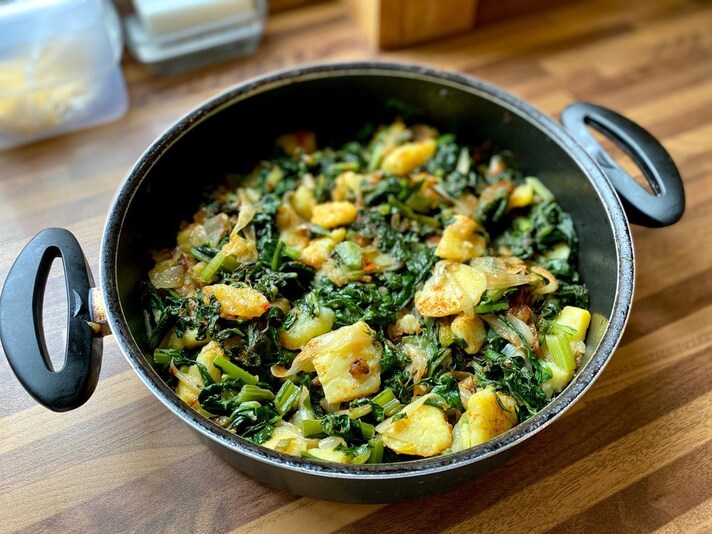
;Resize,width=767;)
;Resize,width=712;)
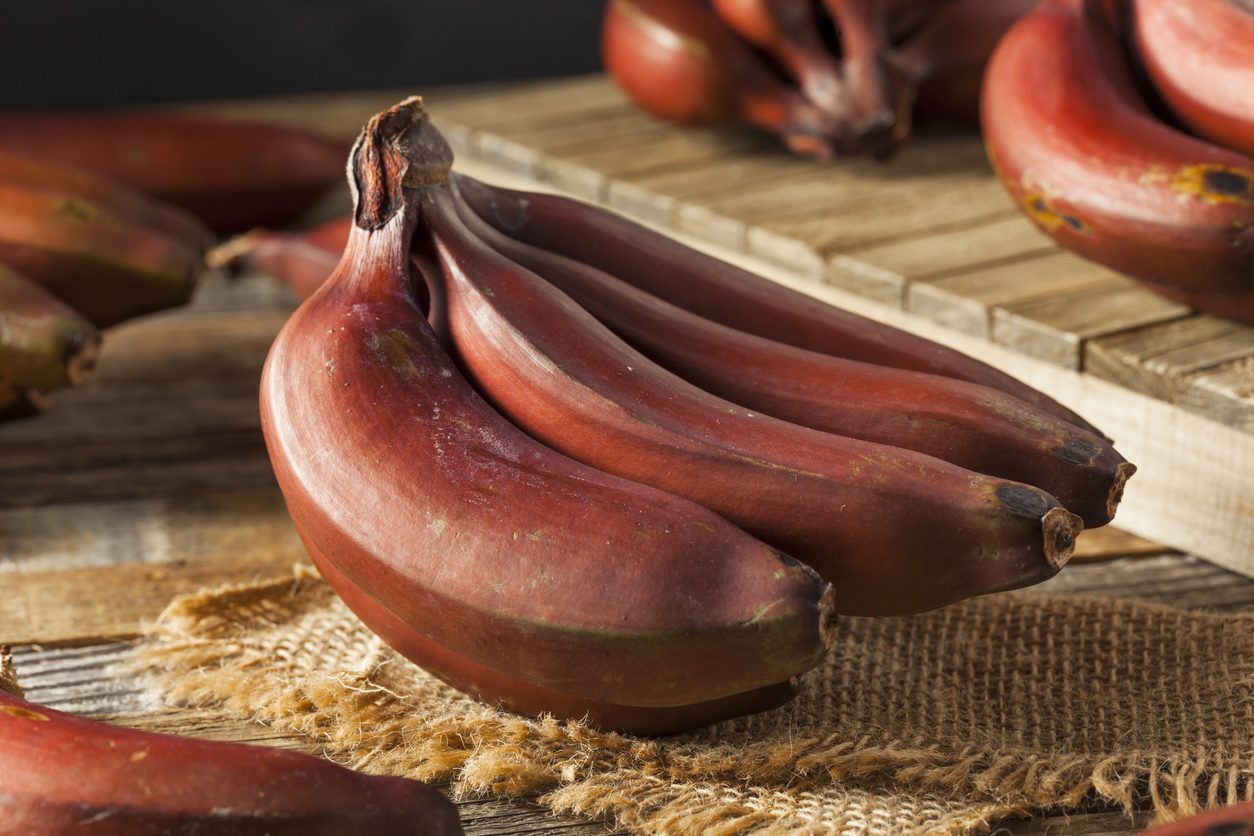;Resize,width=712;)
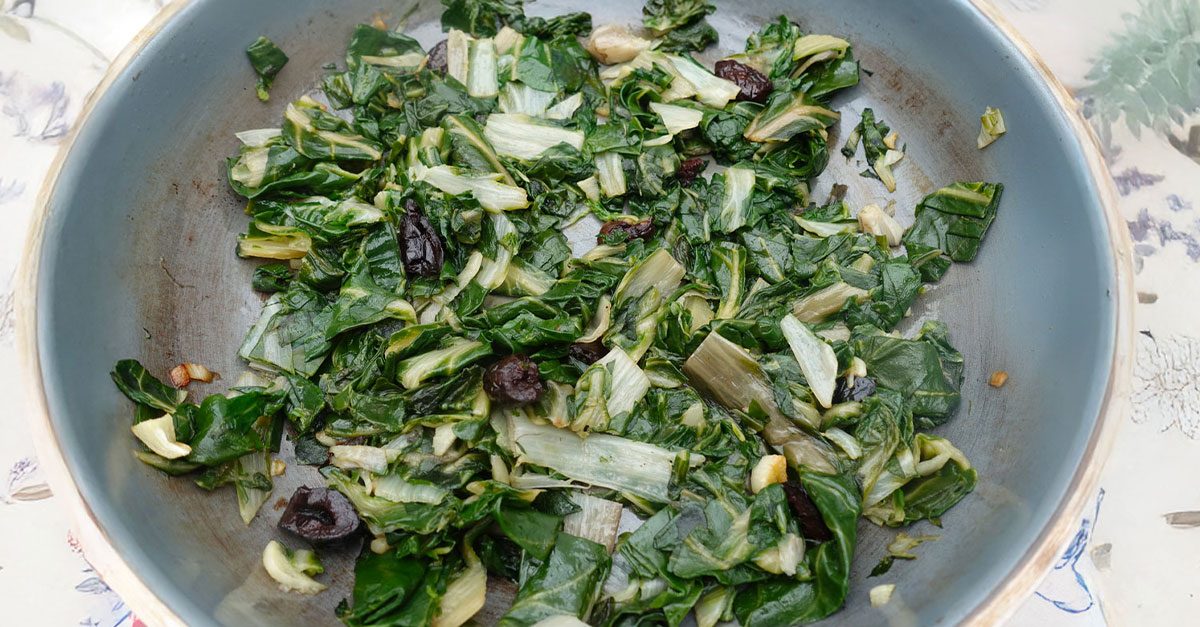;Resize,width=712;)
